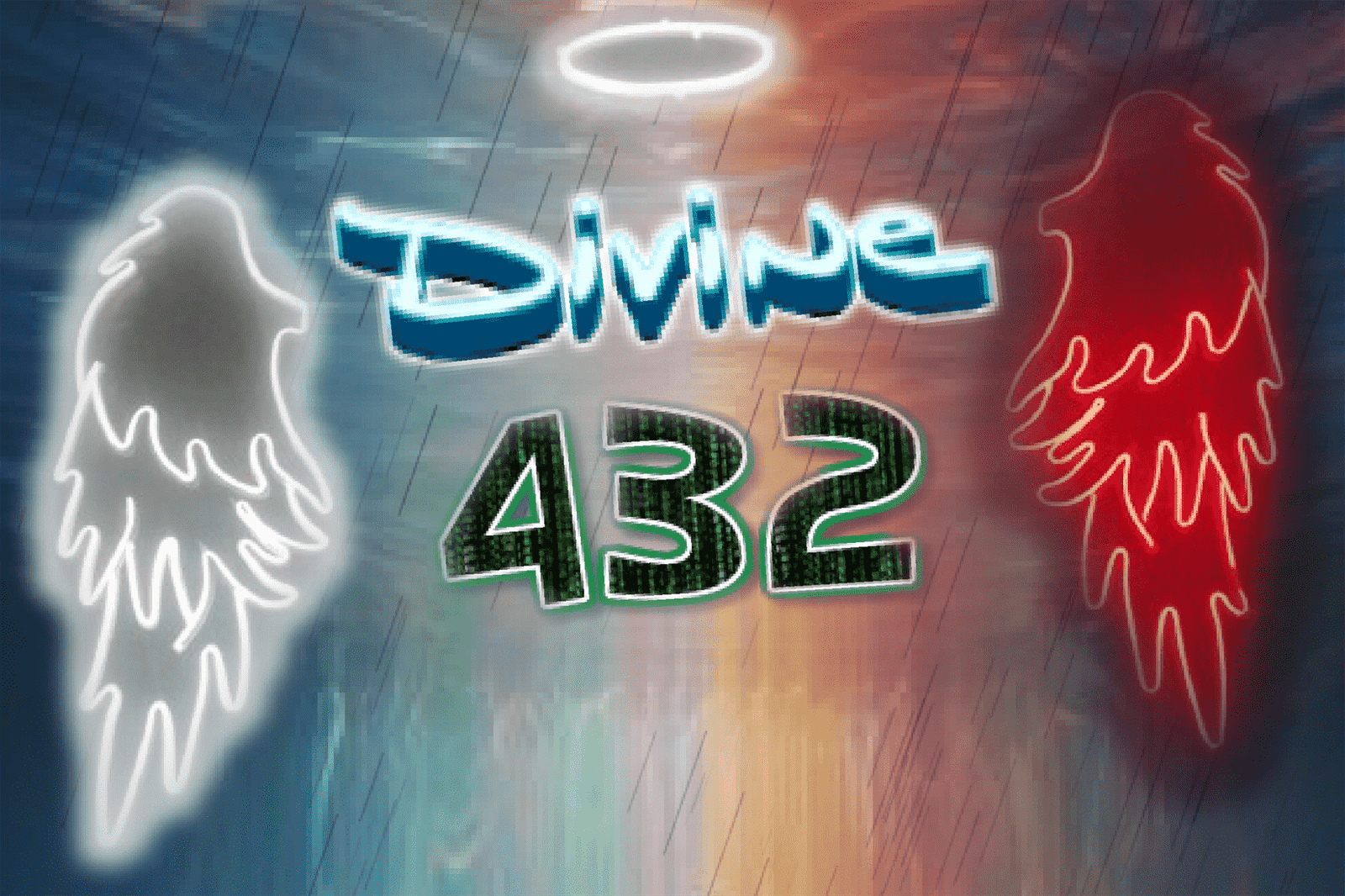The secrets of Stonehenge revealed
Stonehenge, situated at a latitude where lunar and solar events occur at right angles, holds a unique position. Beyond approximately 50 km north or south of its latitude, the station stones would require placement in a parallelogram formation. This celestial alignment is a remarkable feature of the monument’s design. The secrets of Stonehenge are ready to get revealed, get ready for an irreversible trip
Although Stonehenge was constructed long before the work of the Greek astronomer Hipparchos (ca. 190 – 125 B.C.), his grid system of meridians and parallels, based on the Babylonian sexagesimal system, demonstrates a similar approach to understanding celestial phenomena. Hipparchos divided the earth’s sphere into 360 meridians running from pole to pole and 180 parallels parallel to the equator. However, his contributions came millennia after Stonehenge’s creation.
Spanning four major phases from 3200 BC to 1600 BC, Stonehenge is located nine miles (14 km) north of Salisbury Hill in Wiltshire. Its construction reflects a sophisticated understanding of lunar and solar alignments, showcasing prehistoric expertise in engineering, astronomy, and symbolism.
The notion of a close connection between ancient astronomy and mythology gained renewed attention with the publication of “Hamlet’s Mill” in 1969. This perspective has challenged mainstream archaeologists who have long overlooked compelling evidence suggesting a deep relationship between science and religion in ancient times. Questions persist about the similarities between pyramid-building cultures in ancient Egypt and Pre-Columbian Central and South America, as well as the African features observed in the colossal Olmec heads, which symbolize Mexico’s earliest major civilization. Exploring alternative sources provides intriguing insights into these connections.
In his exploration of Stonehenge, Carl P. Munck initially identified that the original Sarsen Circle comprised 60 stones—30 uprights and 30 cross-pieces. Considering conventional circle and sphere mathematics, Munck noted that the Sarsen Circle’s circumference had 360 degrees of arc. This observation became a crucial aspect of his rediscovery process, suggesting that 360 degrees had always been a fundamental component of this advanced matrix.
Munck then multiplied the 60 original Sarsen Circle stones by 360, resulting in 21,600. Remarkably, this figure coincides with the number of arc-minutes on any circumference, following conventional mathematics. Additionally, 21,600 corresponds to the number of Nautical Miles on Earth’s polar circumference, where each Nautical Mile equals precisely one ‘minute’ of Earth latitude. The significance of the number 60 extends further, as it aligns with our time measurement system, such as the division of hours into minutes and minutes into seconds on a clock face.
The inherent geometric properties of the number 60 make it particularly intriguing, as it is divisible by numerous whole numbers, reflecting the inherent nature of our numerical system.
Latitude of Stonehenge Utilizing highly accurate maps, Carl P. Munck sought a meaningful connection between Stonehenge’s precise latitude on Earth and the number 21,600. Stonehenge’s latitude was found to be approximately 51 degrees 10 minutes north. Munck decided to divide 21,600 by 51 and then divide the result by 10. The calculations yielded: 21600 / 51 = 423.5294118 Then, 423.5294118 / 10 = 42.35294118 Remarkably, Stonehenge is centered precisely at this latitude: 51 degrees 10 minutes 42.3529 seconds north. Munck termed the product of a site’s centered degrees, minutes, and seconds as the ‘Grid Latitude’ or ‘Grid Longitude’ for longitude measurements.
Original Longitude of Stonehenge One of Munck’s significant findings was his rediscovery of the original prime meridian for measuring longitude. He determined that this prime meridian passed directly through the center of the Great Pyramid at Giza in Egypt. Adjusting the longitude accordingly, Stonehenge’s longitude in our current system is approximately: 01 degree 49 minutes 28.0173748 seconds west of Greenwich. However, according to the ancient “Code” system, the longitude for Stonehenge was calculated as: 32 degrees x 57 minutes x 28.8173748 seconds west of Giza = 52562.89164 west of Giza. To clarify, using the best available maps, Stonehenge is situated at a longitude of 01 degree 49 minutes 28 seconds west of Greenwich. Therefore, considering Stonehenge’s location not far to the west of the Greenwich prime meridian, the variance distance of (31 degrees 08 minutes 0.8 seconds) is added onto the west Greenwich longitude.
Now, if we perform the calculation of 32 degrees x 57 minutes x 28.8 seconds, using only the numerical values, we get: 32 x 57 x 28.8 = 52531.2. When we examine the matrix, we find a figure close to 52531.2, which turns out to encode the product of certain mathematical constants and a specific astronomical/geometric number. This multiplied product is: RAD (degrees) x Pi x 2Pi x Square Root of 2160 = 52562.89164 57.29577951 x 3.141592654 x 6.283185307 x 46.47580015 = 52562.89164
To verify this figure, we start with 52562.89164 and divide it first by the number of degrees, then by the number of minutes: 52562.89164 / 32 / 57 = 28.8173748 seconds.
We observe that this very precise number of longitude seconds is only 0.0173748 (28.8173748 – 28.8) longitude seconds away from our approximation of 28.8 longitude seconds. In terms of actual feet, this would be a difference of approximately one and a half feet.
Hence, the W.Giza longitude of Stonehenge, as calculated by Carl P. Munck, is determined to be: 32 degrees 57 minutes 28.8173748 seconds west of Giza.
When dealing with circles and spheres, we encounter mathematical constants such as Pi and the RADIAN measure, which are fundamental to this ‘geomath matrix’, along with the number 360. Pi represents the ratio of circumference to diameter of any circle or sphere. The Radian (deg) measures the arc-distance on the circumference equal to the radius of any circle or sphere. In terms of degrees of arc, the Radian is approximately 57.29577951 (deg) to eight decimal places. Both Pi and Radian are irrational numbers, with Pi being approximately 3.141592654 to nine decimal places.
The relationship between Pi, the Radian (deg), and 360 (deg) can be expressed by the equation: RAD x 2Pi = 360.
Now, returning to the Grid Longitude of Stonehenge: 52562.89164 = RAD x Pi x 2Pi x Square Root of 2160 (46.47580015).
Here, we have four terms or quantities multiplying to a number that encodes the precise original (Giza-based) longitude of Stonehenge. Each of these four terms are significant “entities” integral to both the design and the essence of this re-discovered ‘matrix’.
It’s noteworthy that the number 2160 is a “base-ten harmonic” of the number 21600, and vice versa, with the decimal point simply shifted one place ‘horizontally’. Additionally, 2160 is significant as it represents the diameter of The Moon in statute miles, years in a Zodiac Age, and the total number of corner-angle degrees on the surface of a cube.



